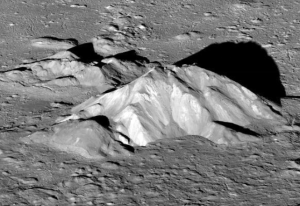The work is good if you can get it: Four Princeton physicists received over $1.5 million in lodging subsidies from the Department of Energy while on “temporary” assignment to other labs, even after living at that assignment for as much as 14 years.
The above story, from Science, takes a more sympathic view of this misuse of government funds. The Washington Post is more blunt:
Four high-ranking federal lab workers found a way to turn “per diem” funds for a temporary assignment into a steady flow of extra income — at taxpayers’ expense. The overpayments, discovered in an inspector general’s audit, boosted the annual pay of some of the employees by as much as $64,000.
The Department of Energy paid the four scientists roughly $1.8 million for daily lodging and “inconvenience” during assignments away from home. But these scientists were paid as if they were on temporary duty for up to 14 years — long after most had permanently relocated to job sites.
The problem with this story is that it isn’t an exception but the rule. Right now the wolves are guarding the chicken house, and they are raiding it routinely for as much cash as they can get. Consider for example last week’s story about the NIH study that has spent a billion dollars without even getting off the ground.
You give someone the equivalent of a blank check, and they will make no effort to do things efficiently, or even to do what you hired them for.




